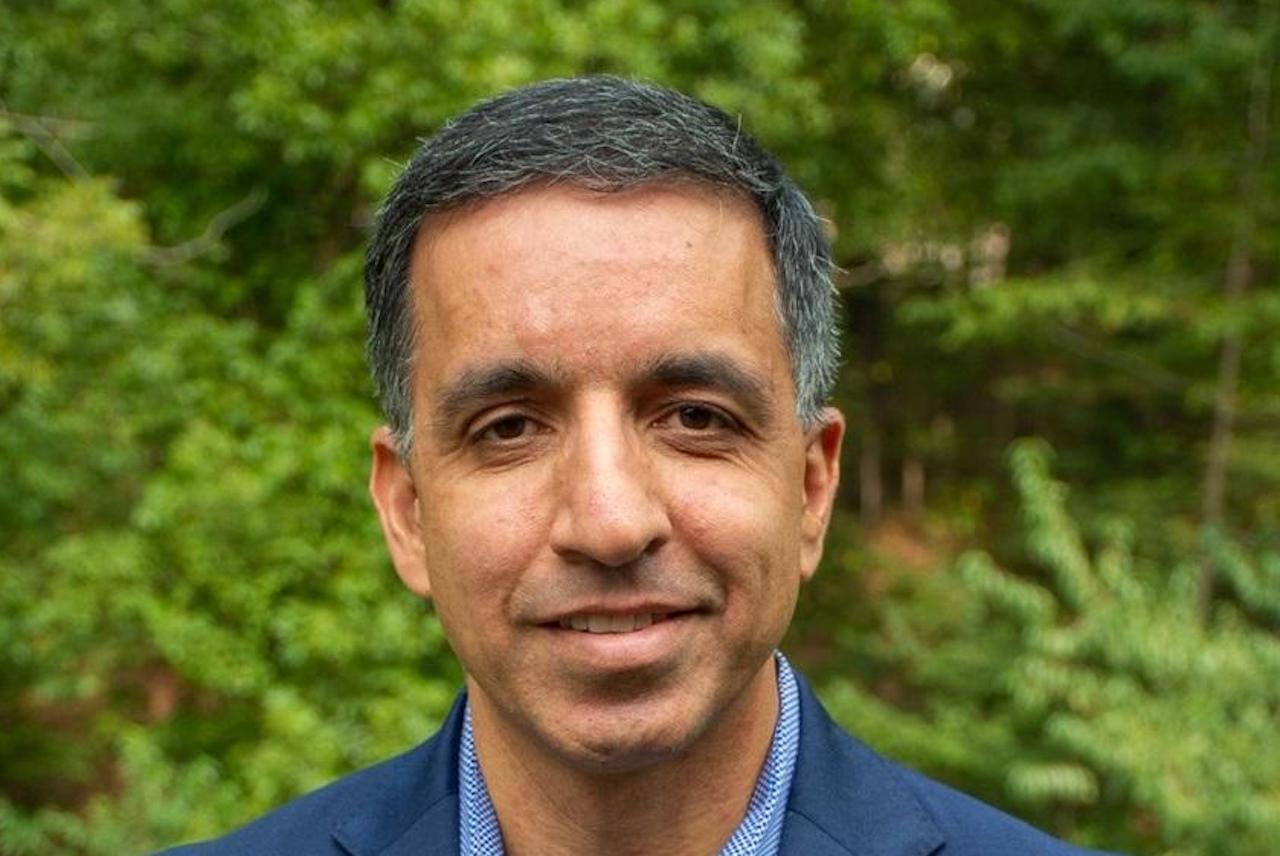
Class I Briefs: UP, CSX, CN
Written by Carolina Worrell, Senior Editor
UP Chief Information Officer Rahul Jalali has joined the Cybersecurity and Infrastructure Security Agency’s Cybersecurity Advisory Committee.
Union Pacific (UP) Chief Information Officer Rahul Jalali joins the Cybersecurity and Infrastructure Security Agency’s (CISA) Cybersecurity Advisory Committee (CSAC). Also, CSX launches an enhanced carbon emissions reduction calculator; and CN donates $750,000 to Sun Youth’s “Building a Brighter Future” campaign.
UP
UP announced March 21 via a Twitter post that Chief Information Officer Rahul Jalali has joined CISA’s CSAC, which was established in June 2021 and is comprised of experts on cybersecurity, technology, risk management, privacy, and resilience, who advise the committee’s director on policies and program’s related to CISA’s mission.
“I am thrilled to welcome our newest members, who bring a wealth of experience from across government and industry,” said CISA Director Jen Easterly. “Chosen for their deep expertise in critical infrastructure, cybersecurity, and governance, these members will add important new perspectives to the CSAC’s work, particularly given this year’s additional focus on corporate cyber responsibility, technology product safety, and efforts to raise the cyber hygiene baseline of ‘target rich-cyber poor’ entities like hospitals, K-12 school districts, and water utilities. The insight and counsel to date from our existing members have been instrumental in our evolution as America’s Cyber Defense Agency, and I couldn’t be more excited for tomorrow’s meeting with our new members.”
CSX
CSX on March 22 announced the launch of an enhanced carbon emissions reduction calculator that the Class I says will “help companies achieve their supply chain sustainability objectives by converting from truck to rail.”
According to CSX, the enhanced tool, which is available to customers who use the Class I’s ShipCSX online platform, offers freight shippers “increased insight into the environmental benefits of rail through analysis of customer-specific data to calculate potential greenhouse gas (GHG) emissions saved by choosing rail over trucks.”
The new version of the Carbon Calculator, which incorporates freight type, distance and volume into its methodology, and draws on government and third-party studies of GHG emission factors of different transportation modes to calculate how much emissions are reduced when shipping by rail versus truck, CSX says, “enables carload freight shippers to generate carbon savings analyses based on their historical shipment data; to view year-to-date totals and year-to-year trends; and to apply variables that provide additional insight for weighing carbon emission impacts when making supply chain decisions.”
“The environmental advantages of rail are real and measurable, and the enhanced CSX Carbon Calculator is able to provide customers with specific insight into how much less carbon dioxide is produced when they ship by rail instead of truck,” said CSX Executive Vice President of Sales and Marketing Kevin Boone. “Emissions reduction is an important element in supply chain strategies of many companies seeking to reduce their carbon footprint and contribute to a healthier climate. The Carbon Calculator gives CSX customer’s reliable data for demonstrating the effectiveness of their sustainability programs.”
According to CSX, future versions of the Carbon Calculator will include the ability to calculate emissions savings on intermodal container shipments, as well as advanced features that help companies evaluate supply-chain decisions that can further reduce their carbon footprint.
CN
CN recently donated $750,000 to Sun Youth’s “Building a Brighter Future” campaign for the construction of a new community center.
Due to open in the spring of 2025, this new 38,000-square-foot carbon-neutral community hub will re-unite Sun Youth’s services under one roof and include a gymnasium named after the Class I.
The multi-purpose community center, which will be located at 7501 St. Laurent Boulevard in Montreal, in intended to provide services for Montreal’s most vulnerable and a home for Sun Youth’s emergency programs, such as a food and clothing bank, assistance for victims of disasters and families in need, in addition to the organization’s recreation and community services, including day camps, mentorship and sports programs, Sun Youth said.
This project, Sun Youth says, will “reduce the organization’s environmental footprint, and aligns with the goals of the City of Montreal’s 2020-2030 Climate Plan.” According to the organization, it will act as a social, community and environmental model by “promoting the values of mutual aid, collaboration and healthy community living.” Discussions have begun to explore how other community organizations can share the space. In addition, the building itself will be a teaching and learning tool, so that young and old can better understand the importance of the building’s innovative design elements, such as solar panels, geothermal systems and a rooftop garden.
Construction of the $31.5 million community center is slated to begin winter 2023-2024.
“Giving back to communities is part of CN’s DNA,” said CN President and CEO Tracy Robinson. “For more than 100 years, we have been committed to helping build stronger and safer communities. We are particularly proud to support organizations such as Sun Youth which, like CN, are rooted in the Montreal community and have a positive impact on thousands of families.”
“CN employees and pensioners have supported us for a decade through monetary donations and corporate volunteering. This partnership takes a new turn today and this donation crystallizes CN’s commitment to our organization,” said Executive Director of Sun Youth Johanne Saltarelli.



